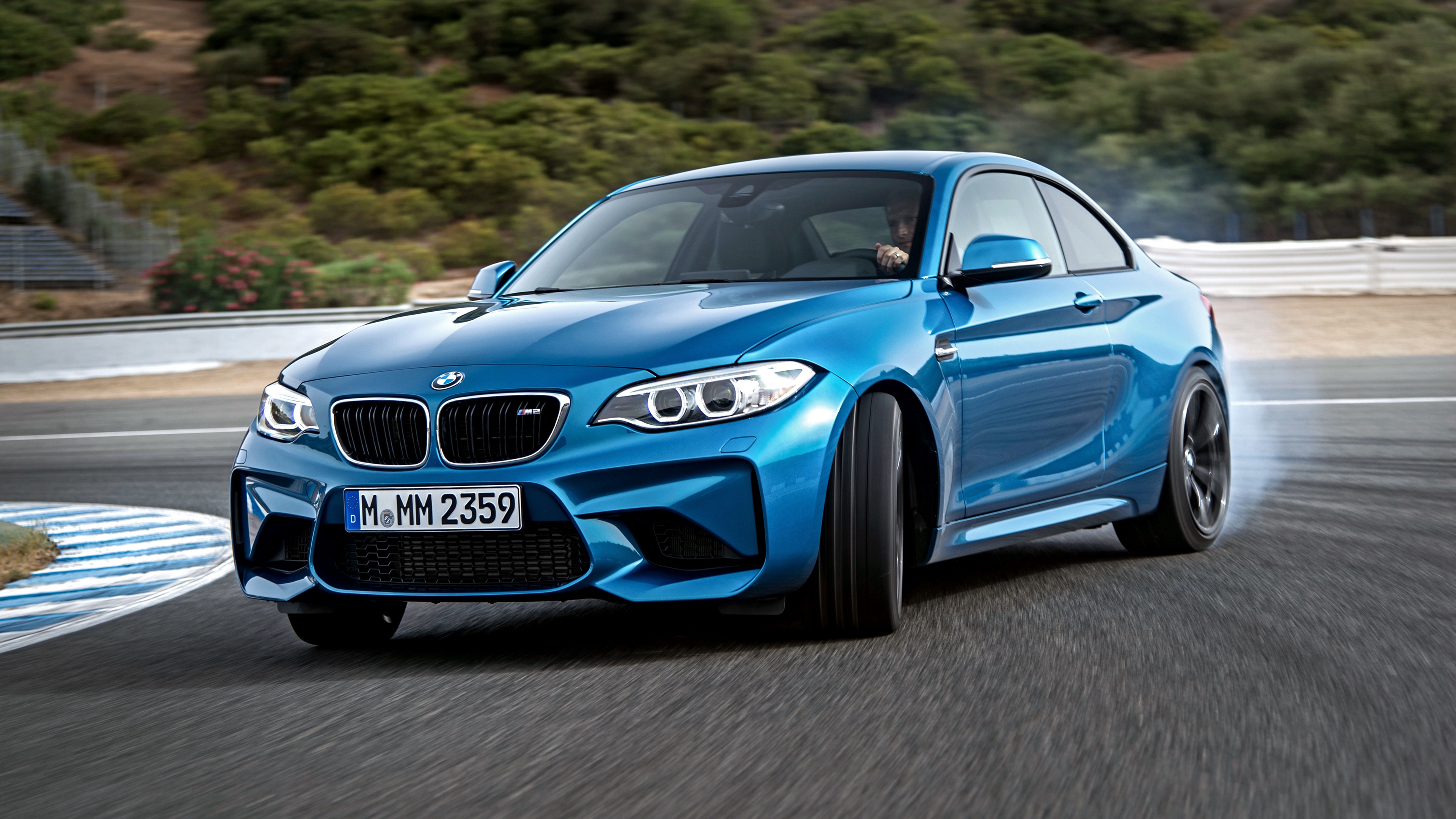The BMW Group is at the forefront of 3D printing technology, continually innovating and transforming the automotive industry. With specialized teams led by Dominik Rietzel for non-metal and Maximilian Meixlsperger for metals, BMW is leveraging additive manufacturing to revolutionize production processes.
The Core Application: Prototyping
At the heart of BMW’s additive manufacturing strategy lies prototyping. The company utilizes 3D printing to create functional prototypes that replicate the feel and functionality of traditional components. For example, during a tour of the Additive Manufacturing Center in Munich, Dominik showcased a dashboard prototype crafted through Selective Laser Sintering (SLS). This innovative process saved a dashboard from being recycled while demonstrating how 3D printing can produce parts that are both visually appealing and functionally sound.
Advancements in Metal 3D Printing
With the advent of metal 3D printing, BMW has made significant strides in series production. Maximilian Meixlsperger’s team pioneered cost-effective methods for manufacturing metal components within the commercial automotive sector. By optimizing designs to eliminate the need for traditional support structures, they achieved remarkable results, producing components that are 10 times stiffer and 44% lighter than their plastic injection-molded counterparts. This advancement showcases BMW’s commitment to enhancing performance while maintaining cost efficiency.
Sustainable Manufacturing Practices
BMW’s dedication to sustainability is reflected in its additive manufacturing initiatives. The company is actively exploring the use of recyclable materials and energy-efficient production techniques. By minimizing waste and utilizing advanced materials, BMW aims to reduce its carbon footprint and contribute to a more sustainable future in the automotive industry.
Future of 3D Printing at BMW
As BMW continues to innovate, the future of 3D printing in automotive manufacturing looks promising. The company is exploring applications beyond traditional components, including lightweight structures for electric vehicles and elements for autonomous driving systems. Collaborations with tech startups and research institutions are essential to expanding the capabilities of additive manufacturing.
Challenges in Additive Manufacturing
Despite the numerous benefits, BMW faces challenges in implementing 3D printing. Material limitations remain a concern, as not all materials are suitable for additive manufacturing. Furthermore, maintaining high standards of quality control is crucial to ensure that 3D-printed components meet the stringent safety and performance requirements of the automotive industry.
Real-World Applications and Case Studies
BMW has successfully integrated 3D printing into various projects, creating unique components for their latest vehicle models. Highlighting specific case studies can provide insight into how additive manufacturing enhances design flexibility and accelerates the development process.
Impact on the Workforce
The rise of 3D printing necessitates a shift in workforce skills. BMW is investing in training programs to equip employees with the necessary knowledge and expertise to operate and maintain advanced additive manufacturing technologies. This focus on skill development ensures that BMW remains a leader in innovation.
Conclusion
The BMW Group is harnessing the power of 3D printing technology to redefine commercial vehicle production. By embracing sustainability, advancing metal printing techniques, and addressing industry challenges, BMW is setting a standard for innovation in the automotive sector. As the company continues to explore the potential of additive manufacturing, it paves the way for a more efficient and sustainable future in automotive engineering.
FAQs
What is BMW’s main purpose for using 3D printing in vehicle production?
BMW primarily uses 3D printing for prototyping, creating functional prototypes that mimic traditional components in feel and functionality. This helps streamline the design process and reduces material waste.
How does BMW use metal 3D printing in its production?
BMW leverages metal 3D printing to produce stiffer and lighter metal components. This method enhances durability, reduces weight, and lowers costs, especially in commercial automotive production.
How does BMW use 3D printing for electric vehicle components?
BMW explores 3D printing for producing lightweight parts for electric vehicles, which helps improve energy efficiency and performance while reducing the overall weight of the vehicle.
What types of 3D printing does BMW use?
BMW employs several types of 3D printing, including Selective Laser Sintering (SLS) for plastic prototypes and metal printing for durable components, depending on the application needs.
What are the benefits of 3D printing in the automotive industry?
3D printing in the automotive industry enables rapid prototyping, lightweight component production, material cost savings, and sustainable practices by minimizing waste and using recyclable materials.
How does BMW’s 3D printing technology contribute to sustainability?
BMW’s 3D printing initiatives prioritize sustainable practices, such as reducing waste, using recyclable materials, and incorporating energy-efficient production processes to lower the carbon footprint.





